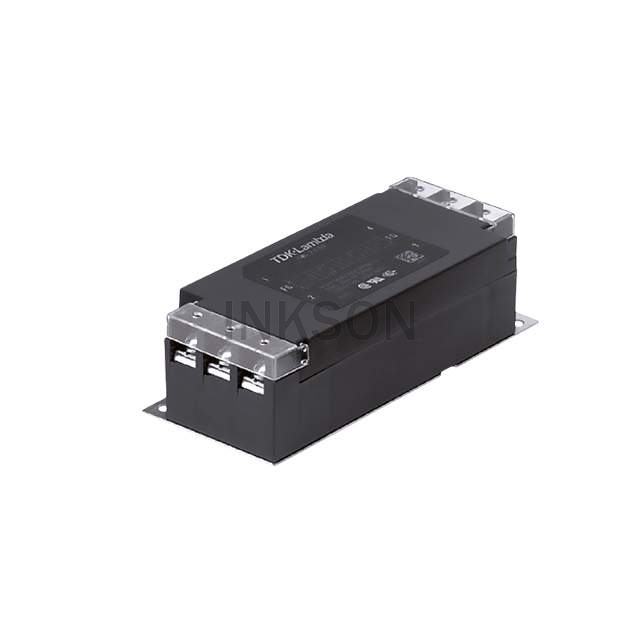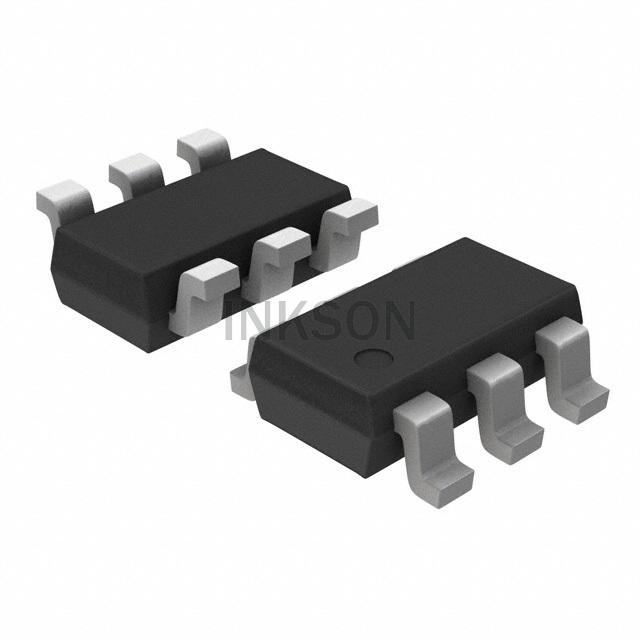The RSMN-2006 is a high-speed, low-voltage NPN transistor designed for general switching and amplifier applications. Manufactured by TDK-Lambda Corporation, it is utilized in a wide range of electronic devices due to its versatile functionality. Here's an overview of its working principles, functions, and typical applications:
Working Principles:
The RSMN-2006 operates based on the principles of bipolar junction transistors (BJTs). NPN transistors consist of three layers of semiconductor materials and are used for amplification and switching of electronic signals. When a small current flows into the base of the transistor, a larger current flows between the collector and the emitter.
Functions:
-
Amplification: It can be employed in amplification circuits, where small input signals are amplified to obtain larger output signals. Common amplifier configurations that use NPN transistors include common-emitter and common-collector configurations.
-
Switching: The RSMN-2006 can function as a switch, controlling the flow of current through a circuit based on the voltage applied to the base. When used as a switch, it can rapidly transition between a low-impedance and a high-impedance state, allowing or blocking the flow of current through the collector and emitter.
-
Signal Processing: It can be used in various signal processing circuits, such as in oscillators, modulators, and pulse generators.
-
Current Control: NPN transistors are commonly utilized to control the amount of current flowing in a circuit, providing a variable current gain based on the input signal.
Applications:
-
Amplifiers: The RSMN-2006 can be used in audio amplifiers, including headphone amplifiers and small signal amplifiers, where signal amplification is crucial.
-
Switching Circuits: It is employed in digital and analog switching applications, serving as a key component in logic gates, digital gates, and other semiconductor switching devices.
-
Power Supplies: Utilized within voltage regulators and power management circuits to control the flow of current, enabling stable voltage output.
-
Oscillators: Integrated into oscillators and waveform generators to produce specific frequencies for use in electronic systems and communication devices.
-
Motor Control: Used in motor control circuits and power management systems to drive and control motors and other electromechanical devices.
-
Radio Frequency (RF) Applications: Applied in radio frequency amplifiers, mixers, and oscillators for communication systems and RF devices.
-
LED Drivers: Can be employed in LED drivers and lighting control circuits to regulate current flow through LEDs in lighting systems.
Additional Considerations:
When incorporating the RSMN-2006 transistor into electronic designs, it is important to consider factors such as the maximum collector current, voltage ratings, power dissipation, and gain characteristics to ensure proper operation within the intended application. Proper biasing, thermal management, and circuit protection considerations are also crucial to ensure reliable and efficient performance. Additionally, the transistor's specifications should be carefully matched with the requirements of the overall circuit and system to achieve desired functionality and performance.



